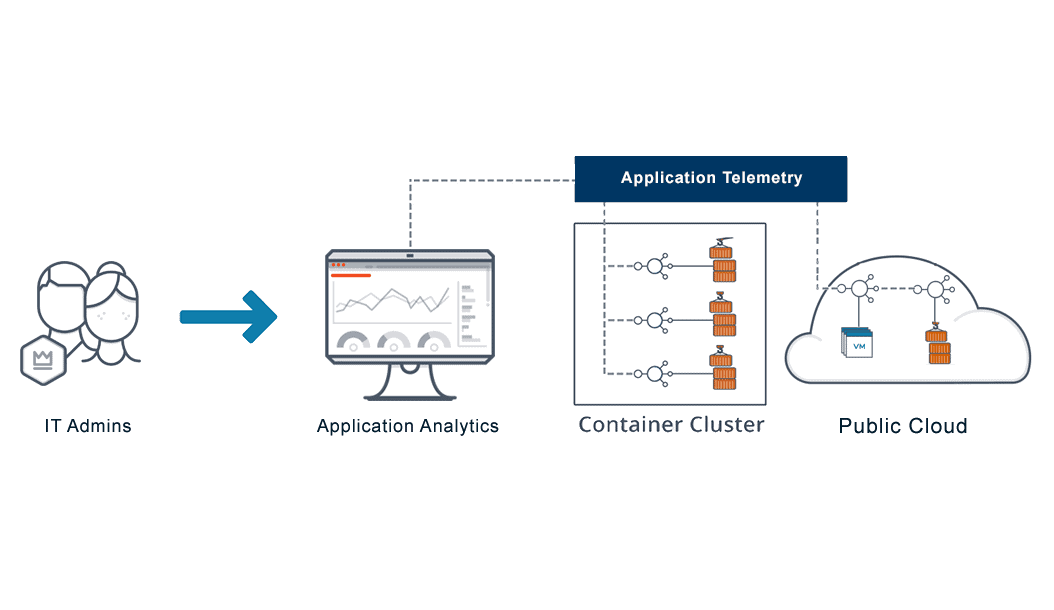Application Analytics Definition
Application analytics is the process of capturing, analyzing and delivering meaningful insights from application usage and metrics within application delivery.

What is Application Analytics?
Application analytics provides insights into the performance of an application by producing real-time analysis through visualization of data. The application insights analytics include IT operations, customer experience and business outcomes. This allows enterprises to quickly troubleshoot performance questions and root cause issues in order to make needed changes for efficiency in real time.
Benefits of Using Application Analytics
The benefits of application analytics include:
• Contextualized analytics — Capture and analyze data in any context.
• Codeless analytics — Capture application data without writing new code.
• Real-time insights — Analyze streaming data in the moment.
• Log analytics — Log files can be analyzed quickly.
• Big data capability — Handles big data center needs.
Insights from Application Analytics
An analytics application platform provides the following insights:
• Request and failure rates — Discover the most popular and well-performing pages. Learn user locations and active times of day.
• Response time — Measure response times and failure rates compared to request rates to determine potential resourcing issues.
• Dependency rates — Determine if external services are causing slow downs.
• Exceptions — See reports of server and browser exceptions and analyze aggregated statistics.
• Page views and load performance — As reported by user browsers.
• Counts — For users and sessions.
• Host diagnostics — Including Docker and Azure.
• Diagnostic trace logs — Allow correlation of trace events with request from an application.
• Custom metrics — Track specific business events and key metrics.
Difference Between Application Usage Analytics
and Application Performance Analytics
Application usage analytics measures usage patterns. It allows developers to fix bugs quickly and build software that better serves users. It can also act as a mobile application analytics tool that provides the following information:
• Number of users running the application any given time period.
• Number of users that have installed the latest version.
• Geographical distribution of the software.
• Which features are most and least used.
Application performance analytics helps enterprises identify the location and cause of performance problems in a network, server or application. It lets enterprises monitor performance across complex operational silos.
Does VMware NSX Advanced Load Balancer offer Application Analytics?
Yes. The VMware NSX Advanced Load Balancer’s application analytics tools can be a network engineer’s best ally. The VMware NSX Advanced Load Balancer is based on a software-defined architecture that separates the data plane of distributed software load balancers from the central control plane. The Controller collects millions of data points in application telemetry from the load balancers to provide analytics services. These include unprecedented insights about application performance, security status, end user experience, and predictive autoscaling of load balancers as well as the backend application servers. The VMware NSX Advanced Load Balancer provides an integrated application analytics dashboard with a detailed view of end-to-end timing, application health score, log analytics, DDoS attack metrics and SSL transaction data.
For more on the actual implementation of load balancing, security applications and web application firewalls check out our Application Delivery How-To Videos.
For more application analytics resources see the following: